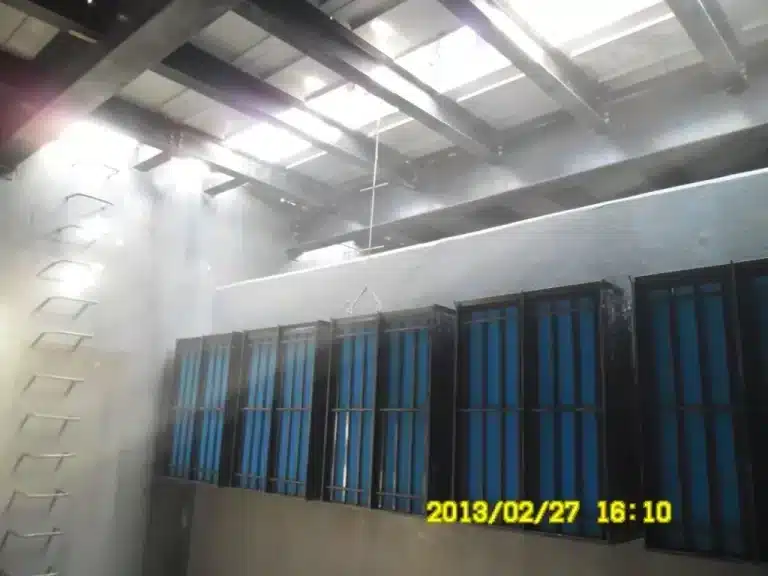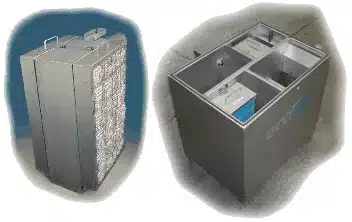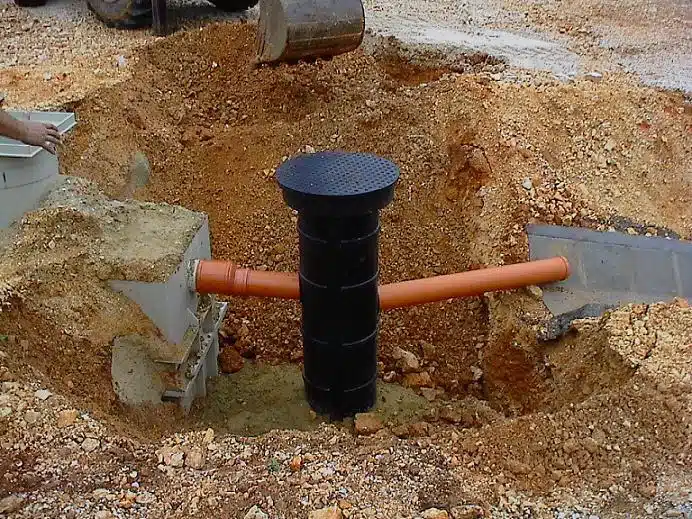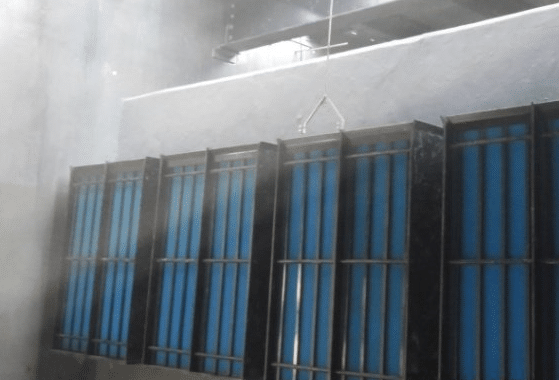In the heart of America’s energy hub, a silent guardian works tirelessly beneath our feet. Texas Below Ground OWS systems are key to protecting our environment and keeping energy safe in the Gulf Coast. But do we give these heroes the credit they deserve?
Freytech Inc. is at the forefront with top-notch Texas Below Ground OWS solutions. These systems use advanced coalescing technology for cleaner discharge and meet tough environmental rules. They can separate different hydrocarbons, like motor oil and jet fuel, making them crucial for Texas’s industries.
The Gulf Coast, a major energy producer, depends on these systems to balance its industrial and ecological needs. These systems can remove trace amounts of emulsified oil, setting new standards for environmental care.
Key Takeaways
- Texas Below Ground OWS systems are key for protecting the environment
- Advanced coalescing technology means cleaner discharge
- They can remove as little as 0.1 PPM of emulsified oil
- These systems help keep energy safe in the Gulf Coast
- They meet North American hydrocarbon discharge limits of 10 PPM
- Essential for separating various hydrocarbons in industries
Understanding Below Ground Oil Water Separators
Below Ground Oil Water Separators are key to protecting the environment. They stop harmful substances from getting into our water systems. In Texas, they are crucial for keeping water clean and meeting legal standards.
Definition and Purpose
These devices remove oil, grease, and sediment from wastewater. They use gravity to separate these pollutants, letting clean water flow through. This is vital for industries that work with oil or maintain vehicles.
Importance in Environmental Protection
These separators protect our water resources. They catch oil and grease, stopping them from polluting rivers, lakes, and groundwater. This helps marine life and ecosystems that rely on clean water. In areas with big oil reserves, these systems are even more important to prevent big environmental disasters.
Regulatory Compliance in Texas
Texas has tough rules for protecting water. Companies must use and look after Below Ground Oil Water Separators to follow state and federal laws. These rules make companies take care of their environmental impact. Regular checks and upkeep are needed to keep these systems working right and following the rules.
Types of Below Ground OWS Systems
Below Ground OWS systems are key in the fossil fuel industry. They come in different types, each suited for various needs and environments.
Fiberglass Tanks
Fiberglass tanks are both light and strong for Below Ground OWS. They don’t corrode and can handle regular pumping. These tanks are perfect for places with little space or tough soil.
Concrete Interceptors
Concrete interceptors are strong Below Ground OWS solutions. They have many compartments, great for vehicle maintenance and car washes. Concrete interceptors last long and can manage big flows, making them a top pick for industrial use.
Steel Basin Separators
Steel basin separators are flexible Below Ground OWS choices. They come in single or double walls and meet high safety standards. Steel separators are often found in salt cavern storage and other places needing strength and dependability.
Each Below Ground OWS system has its own benefits. The right choice depends on site conditions, rules, and specific needs. Picking the best system helps businesses separate oil and water well and follow environmental laws.
Features of Texas Below Ground OWS
Texas Below Ground OWS systems are at the forefront of efficiency and reliability. They use coalescing media to separate oil from water well. Internal baffles help make the process even cleaner.
These systems are designed so you can’t enter them. This makes maintenance safer for workers. The Department of Energy sees this as key to keeping emergency oil safe.
There are single or double-wall designs available. Double-wall systems have an extra layer for leak protection. This is vital for keeping emergency oil safe.
They also have advanced alert systems. These systems alert operators with sounds and lights when liquid levels are high. This prevents overflows and ensures timely maintenance, especially for large oil volumes.
Texas Below Ground OWS are perfect for many uses, from industrial sites to emergency oil stockpiles. Their efficiency and safety meet the Department of Energy’s standards for managing oil.
Design Principles and Sizing Considerations
The design of Below Ground OWS systems in the Gulf Coast region is based on key principles. These systems are vital for energy policy goals. They efficiently separate oil from water in industrial settings.
Separation Efficiency
Stokes’ Law is key to designing Below Ground OWS. It shows how oil droplets move in water. Engineers use this to make systems that separate oil from wastewater well. This supports environmental protection in the Gulf Coast.
Flow Rate and Capacity
Calculating flow rates and capacities is crucial for Below Ground OWS. It makes sure the system can manage the wastewater volume. This is very important in the Gulf Coast, where oil and gas operations are common.
Oil Storage and Spill Capacity
It’s important to size oil storage and spill capacity correctly for Below Ground OWS. This is key in the Gulf Coast, where preventing spills is a big part of energy policy. Having enough storage means the system can hold oil, reducing the chance of environmental harm.
Installation Process and Best Practices
Installing a Texas Below Ground OWS needs careful planning and execution. It begins with preparing the site, including excavation and making a stable foundation. This is key for the system’s long-term success, especially in areas with high water tables or unstable soil.
After preparing the site, the OWS tank is put into place with heavy machinery. It’s important to position it right for the best flow and separation. Then, the tank connects to inlet and outlet pipes, which are set up to keep the flow rate as designed. This is vital for big facilities like those in the strategic petroleum reserve.
Backfilling is a key step in the process. Pea gravel or crushed stone is often used because it supports the tank well and allows for good drainage. The material is placed and packed down carefully to stop settling and protect the tank.
Fiberglass tanks need special care because of external pressures and loads. They’re made to handle certain pressures and installation ensures they can take on underground and surface loads. This is crucial in areas with a lot of traffic or where the OWS is part of a big fossil fuel setup.
It’s important to follow the manufacturer’s guidelines and local rules during installation. Doing it right makes sure the system works well and meets environmental standards. Regular checks during and after installation help spot and fix any problems early.
Maintenance and Monitoring of Below Ground OWS
Keeping Below Ground OWS systems in good shape is key for energy safety and protecting the environment. The Department of Energy suggests a detailed maintenance plan. This ensures these systems work well.
Regular Inspection Schedules
Experts say to check Below Ground OWS units every 180 days. Doing this often helps spot problems early. It avoids expensive fixes and keeps the system working right, separating oil from water well.
Cleaning and Servicing Procedures
Cleaning the coalescer plates is a big part of maintaining Below Ground OWS. These plates are vital for separating oil and water. Keeping them clean makes sure they work as they should. This helps the system follow environmental rules set by the Department of Energy.
These separators are crucial in storm water systems. They process runoff to meet the US EPA’s Clean Water Act standards. With effective oily water treatment, facilities protect the environment and dodge big fines.
Electronic Monitoring Systems
Today’s Below Ground OWS units often have electronic monitoring tools. These tools include high oil level alarms and oil stop valves to stop overflows. Control panels show real-time data on how the system is doing. This boosts energy security and makes the system work better.










